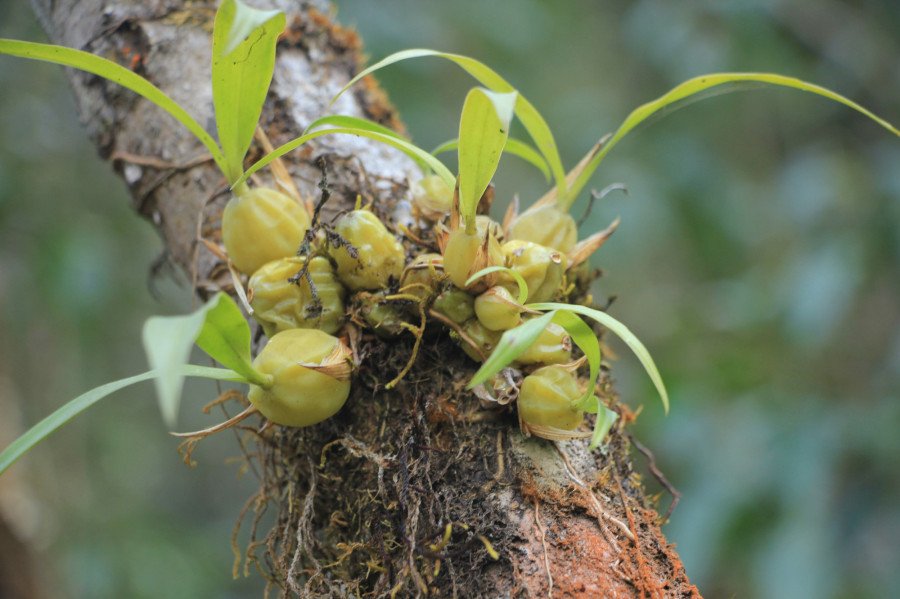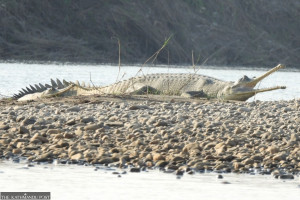Bagmati Province
Wild orchids in Dolakha forests gradually disappearing
Illegal trade of the flower, lack of awareness among consumers, deforestation and haphazard construction of roads through forest areas are the major threats for orchid conservation.
Rajendra Manandhar
Wild orchids, whose international trade is restricted under the Convention on International Trade in Endangered Species of Wild Fauna and Flora (CITES), are gradually disappearing from the forests of Dolakha district, according to the Division Forest Office in Dolakha.
Bachchuram Pudasaini, assistant forest officer at the office, said there are more than 300 species of wild orchids in Dolkha’s forests and at least 70 of them are found in Suspa forest alone.
“Illegal trade of the flower, deforestation and careless development activities are some of the major hurdles for orchid conservation,” he said.
In the current fiscal year, the forest office filed a case against Nir Bahadur Shrestha of Sindhupalchok on the charge of trafficking orchids.
Botany students Sangram Karki and Suresh Kumar Ghimire conducted a study on wild orchids in Suspa forest of Bhimeshwor Municipality a few months ago. Their study also supports Pudasaini’s claim of orchids gradually disappearing in Suspa and other forests of Dolakha district.
Wild orchids, which have medicinal and ornamental values, are threatened due to illegal trading of the flower, lack of awareness among locals and haphazard construction of infrastructure—mainly roads.
“Besides illegal trading, road construction through forest areas also greatly affects orchids. Wild orchids are disappearing because of the increase in human activities inside the forest areas,” said Karki.
The locals also claim that the number of orchid plants in the forests is declining of late.
“We cannot find orchids abundantly in the forest as we would in the past. We are now raising awareness in the communities on preserving this plant species,” said Gopal Thami, a local.
There are more than 30,000 species of orchids in the world. Nepal hosts at least 437 orchid species because of its wide variety of topographic and climatic conditions.




 12.12°C Kathmandu
12.12°C Kathmandu













